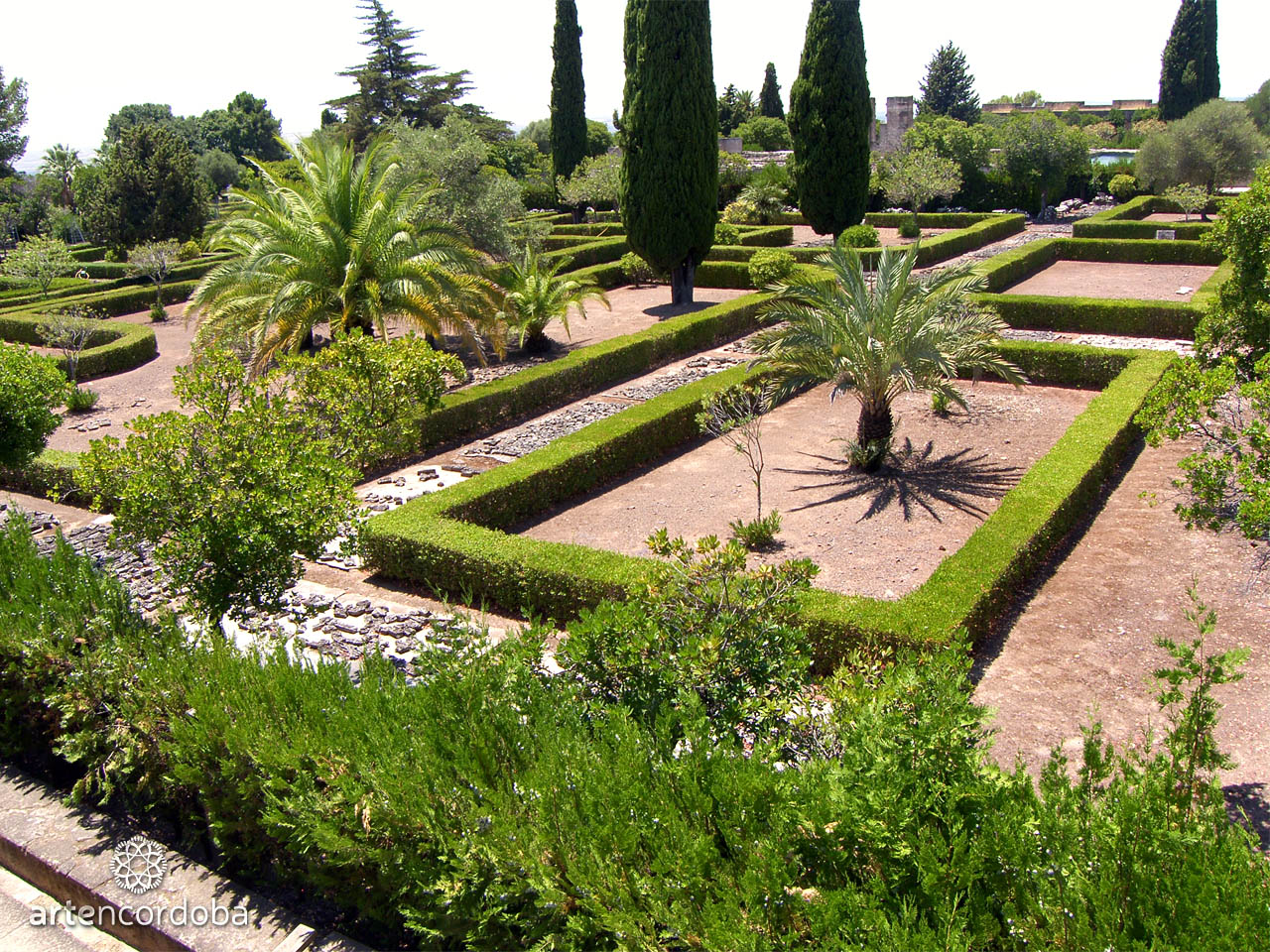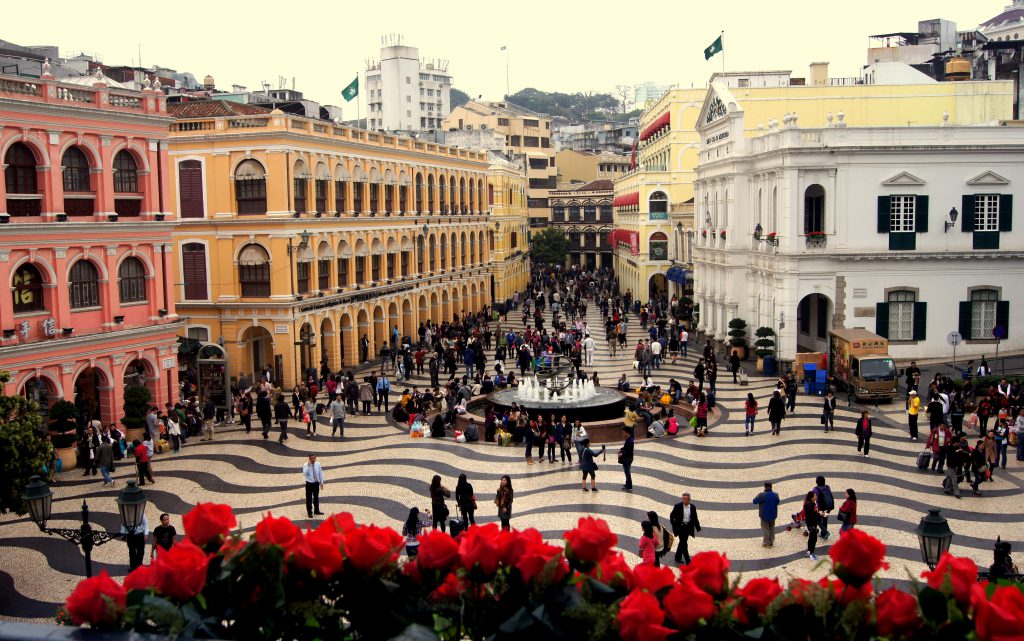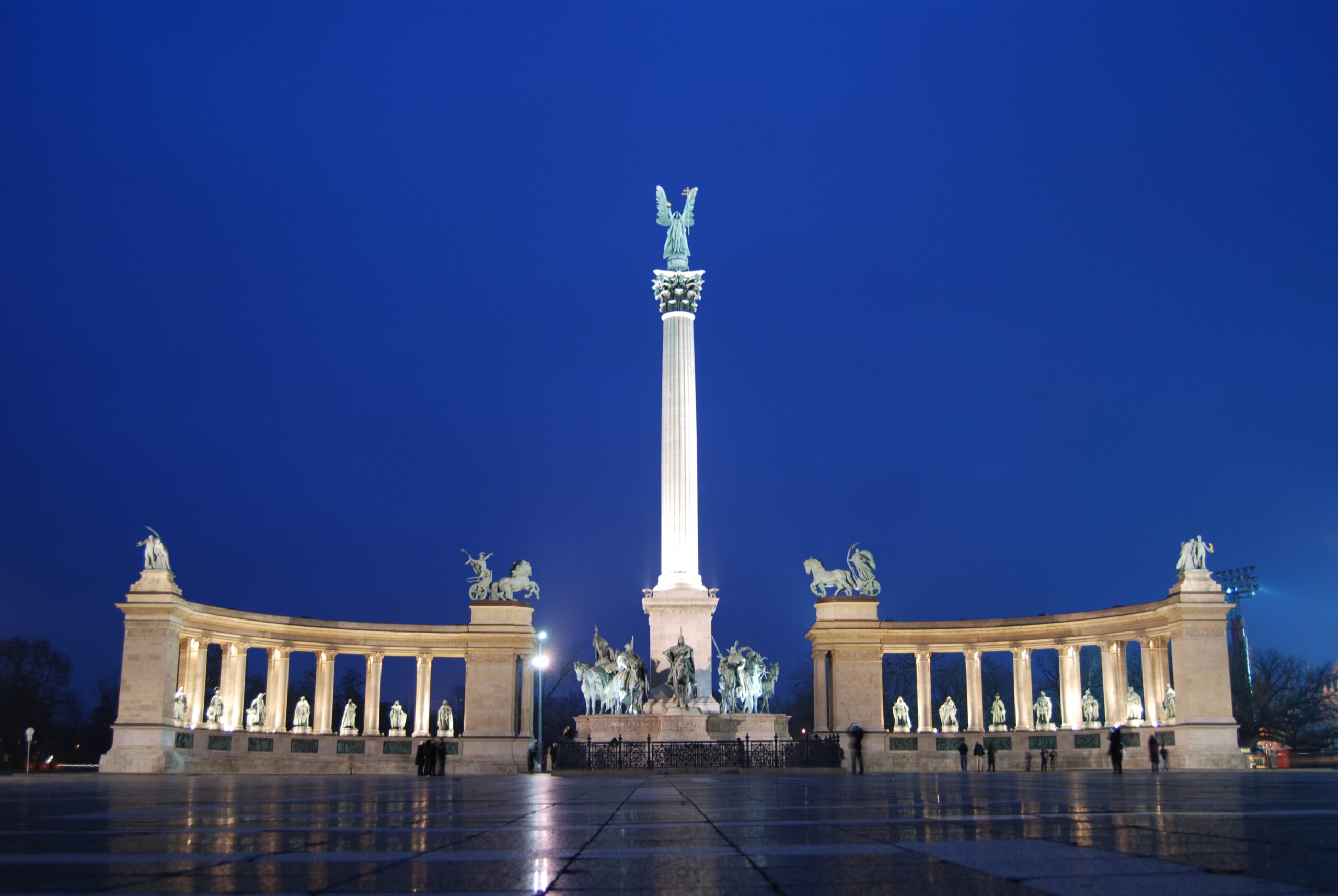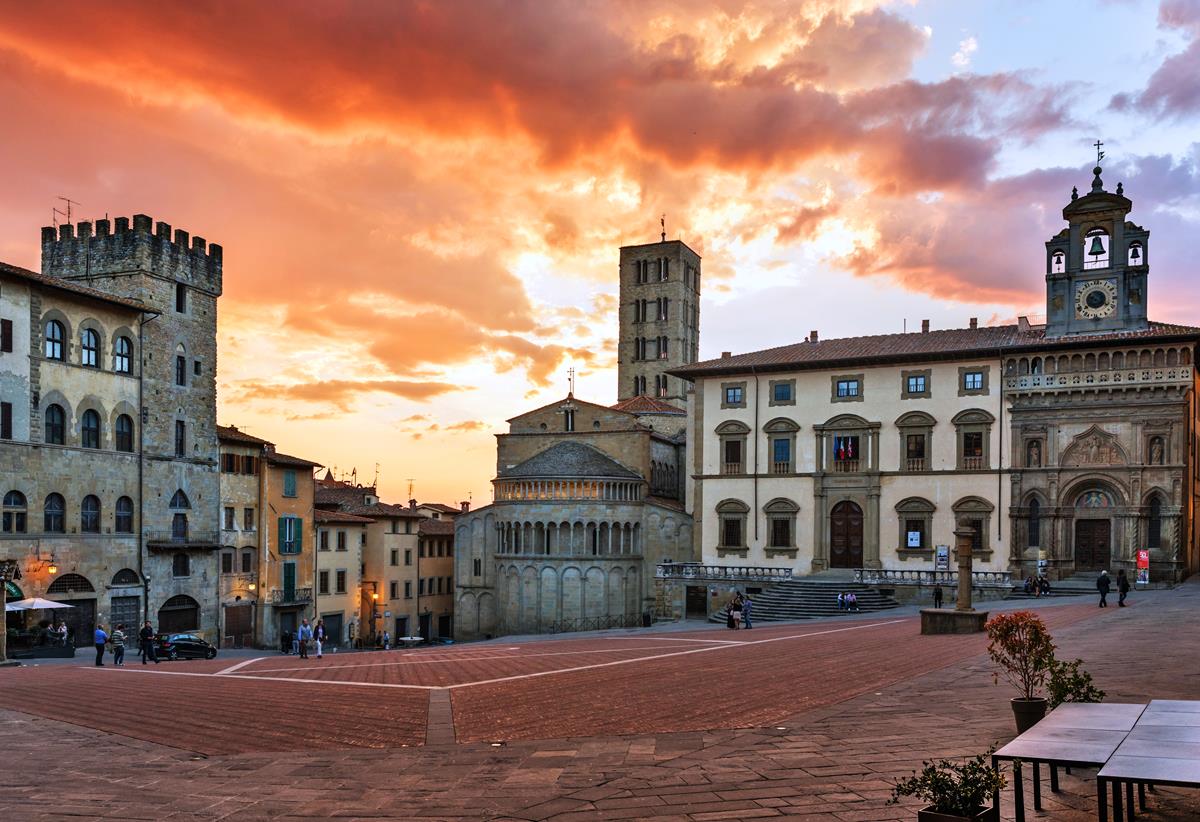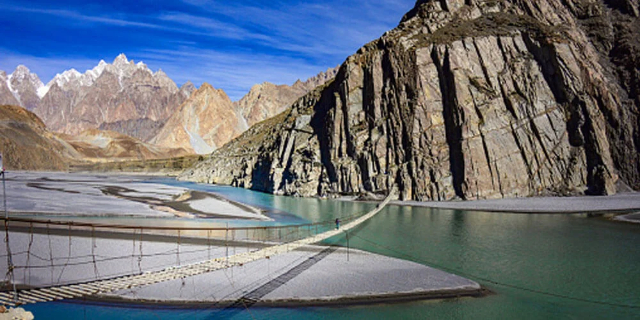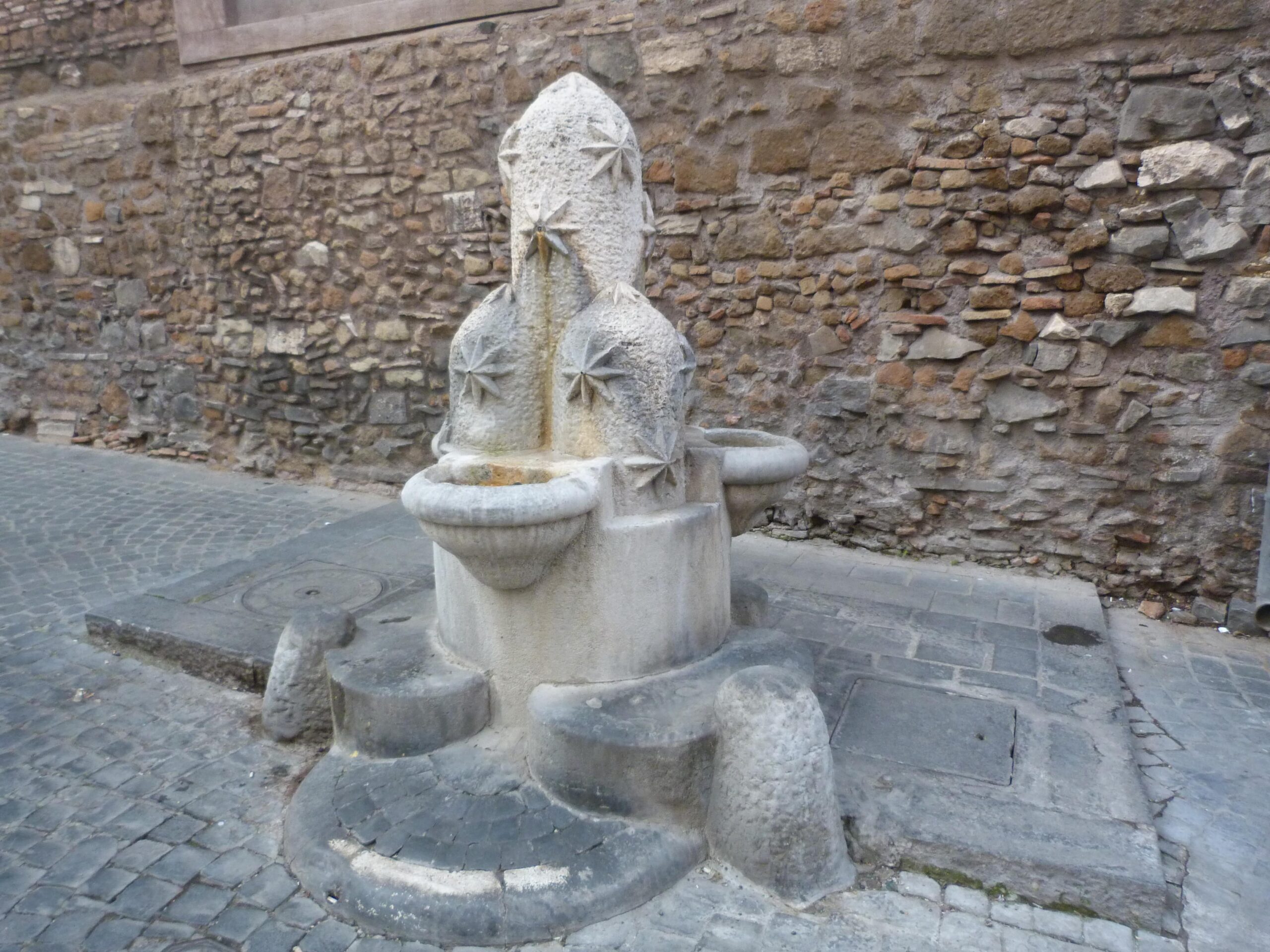Imagine a garden inspired by the Paradise Garden described in the Qur’an. In its four-way design, rivers and fountains flow and fruit and flowers grow in abundance. This was how royal gardens were modelled in Muslim civilisation.
Now imagine that you could see the remains of such a garden in reality.
In farmland west of modern Cordoba in Spain, is the location of a lost ninth-century city called Medina Azahara. For nine hundred years it lay undiscovered after being abandoned in the year 1010 during a civil war. Today it is celebrated as a UNESCO World Heritage site because it shows Muslim civilisation at its peak in Al-Andalus.
Built in around 950 for the Caliph of the Umayyad dynasty, the city is laid out on the mountainside with a palace, mosque, residential streets and a marble-lined bath house. The gardens, however, are particularly special. They are the earliest well-preserved example in the Muslim world of a Paradise garden, featuring rectangular plots with paved walkways, irrigation channels fed by a pool, and plants grown in square beds.
Fountains form a centrepiece to many courtyards and open spaces, sometimes made from Roman stonework or carved from marble with decorative leaf designs. The city had abundant water via a repurposed Roman aqueduct from which lead pipes brought water to the buildings, gardens and fountains.
